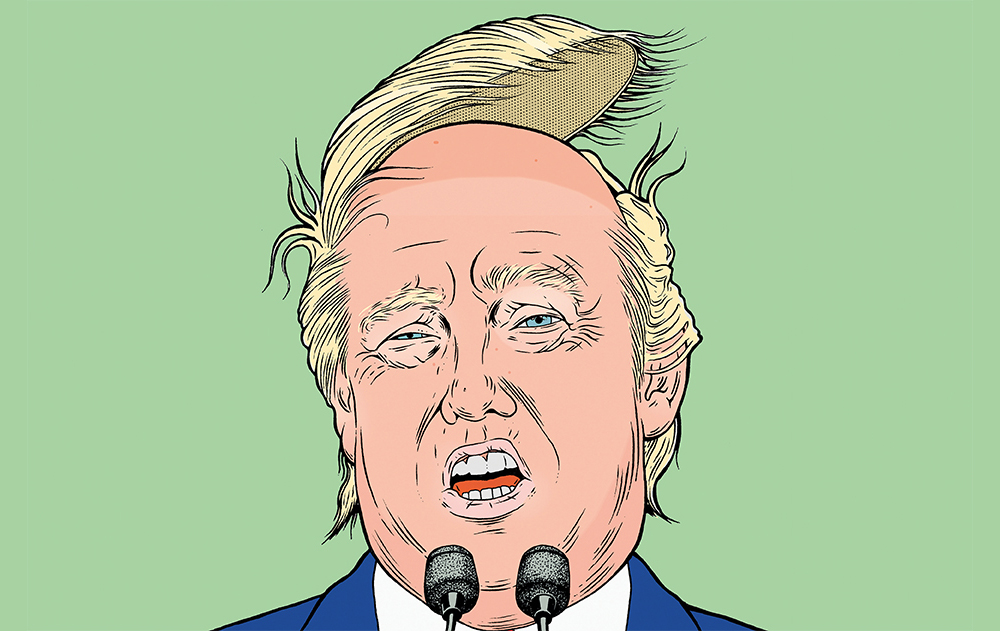Port speaks to photographer Brandon Thibodeaux about his book In That Land of Perfect Day, which traces the lives of ordinary people in the Mississippi Delta and reflects on themes of faith, family, pride and perseverance
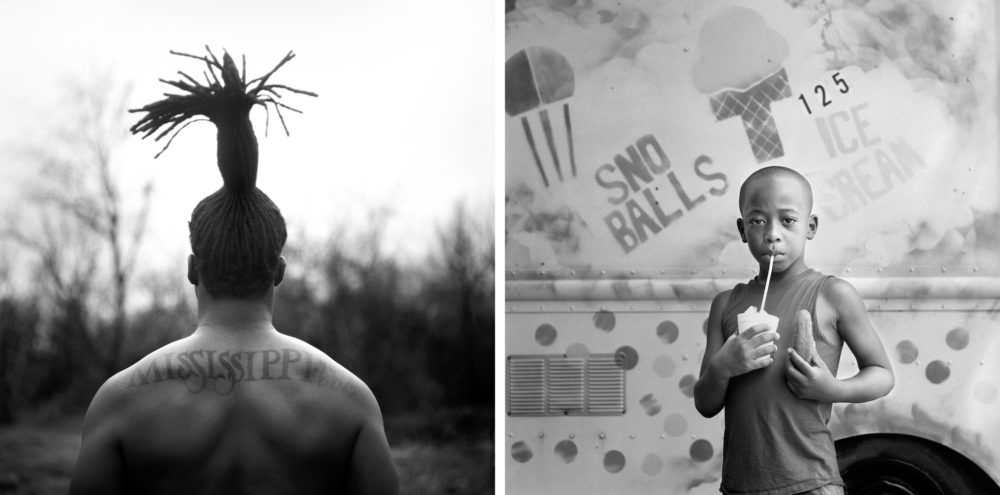
In June 2009, five months after the inauguration of President Obama, Texan photographer Brandon Thibodeaux arrived in a town called Alligator, in the heart of the Mississippi Delta, broken and confused. His relationship of eight years had just ended following a lost pregnancy, work was unsatisfying and he found himself drifting. “I didn’t feel as though I was producing something that was me,” he tells me early one morning on the phone from his home in Dallas. “So I began to sort out what inspires me, what I could look for as a personal project.”
With an academic background in international development, Thibodeaux had spent several years photographing rural communities in Mexico. Meaningful connections with people had been hindered by Thibodeaux’s poor Spanish – “I used a lot of hand gestures” – but it gave him the idea to immerse himself a similar project closer to home. So, with the Mississippi Delta virtually in his back yard – a region where he understood the social dynamics and, crucially, where he could communicate with the people – Thibodeaux embarked upon a project documenting the people of the area which would last for the next eight years. “That first weekend in the Delta was marked by a Father’s Day sermon at the church in Alligator. It felt like one of those serendipitous moments where you go, ‘I’m in the right place, this is where I need to be.’”
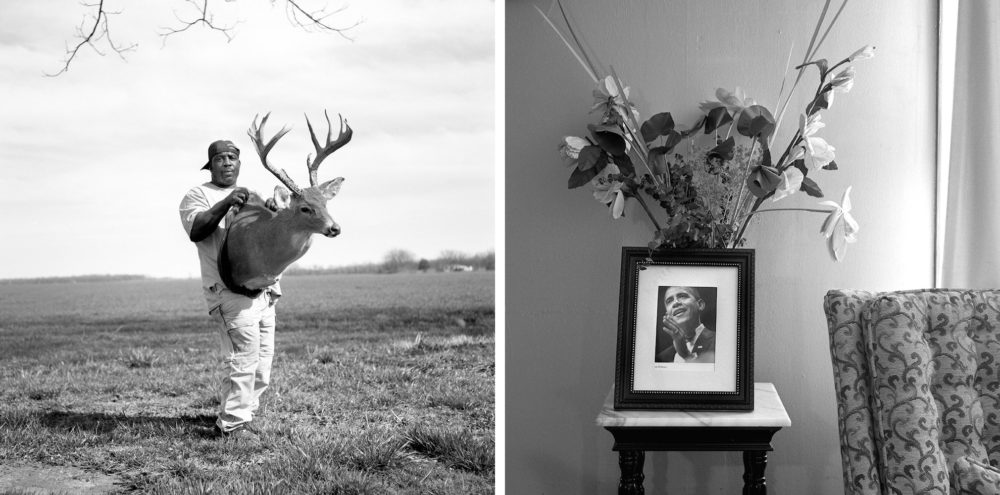
Published earlier this month by Red Hook Editions, In That Land of Perfect Day – the first monograph to result from Thibodeaux’s study – presents a snapshot of everyday life in the Mississippi Delta. Depicting towns like Alligator, Mound Bayou and Bobo, it tells the story of rural black American communities in the Obama era, as well as documenting how Thibodeaux’s relationship with the various communities developed as he spent more time in the Delta.
I ask how people first reacted when he showed up in town, asking to take their picture. “With a mixture of scepticism and wonder,” he tells me. Sometimes exchanges with people were hopeful and uplifting, and at others “the opposite would happen, somebody would say ‘What are you doing here? Look around, you’re the only little white kid with big glasses, you don’t know a soul.’”
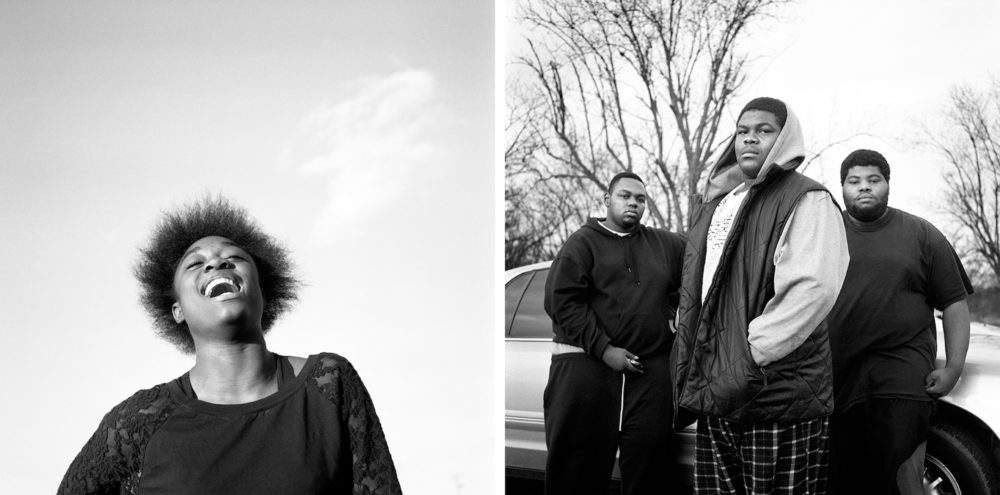
In an attempt to de-escalate these situations, Thibodeaux began to keep prints of his photographs in his back pocket, that he would pass around when he met people. “They’d go through them, and often at some point they say ‘Where’d you meet my uncle?’ or ‘That’s my cousin with his first deer, you took that picture? It’s on his wall at home.’”
In such small communities, word of Thibodeaux soon got out and he found himself invited along to family gatherings and special events to take photographs. “It’s a wonderful thing to walk into someone’s bedroom and see your photograph hanging above their bed, or neatly packaged in a draw in their closet so cigarette smoke doesn’t damage them,” he says.
Though creatively validated and emotionally moved by these encounters, Thibodeaux is careful not to romanticise, reminding me that “for every wonderful story I have about the Delta, I have an equally dark and distorted one.” His photographs do, however, represent a conscious departure from preconceived, often media-driven, ideas about the region. Men are seen posing with stuffed deer heads, but also proudly with their small babies. “If you ask an American, ‘What is the Delta?’, they think of cotton fields and blues music,” explains Thibodeaux. “That shouldn’t be forgotten, but in this case I felt that the experience of people living there today shouldn’t be overlooked either. In a sense, this is a testament to them.”
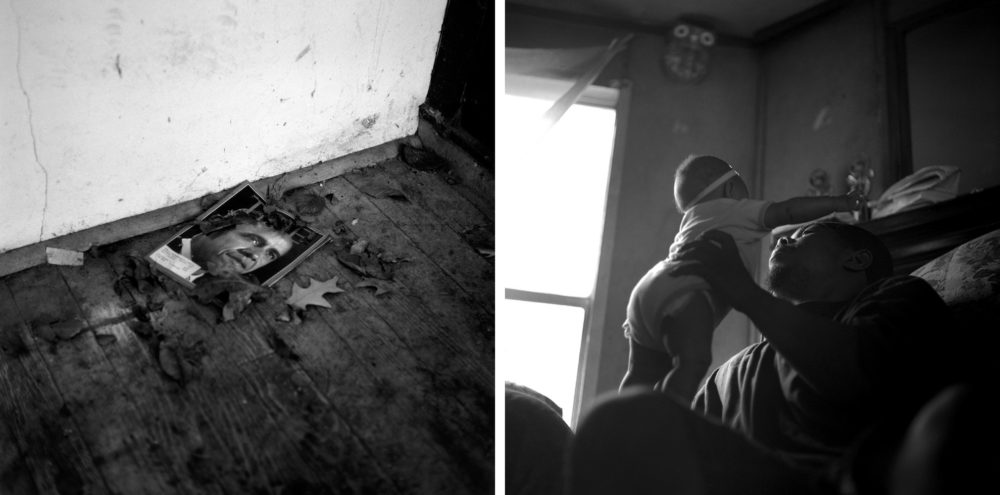
In order to forge a genuine connection with their subject, the photographer will highlight the things they have in common. I ask Thibodeaux about the challenges of this approach in the American South where racial tensions, especially in recent years, have been volatile. “You try to establish a relationship you can build a foundation on, so I didn’t immediately spotlight the obvious difference”, Thibodeaux says. “Race was never the first topic of conversation.” Despite their differences, they would bond over commonalities such as faith or relationships, “like any human would.”
“I can’t say that I wanted to confront racism directly in this project, or necessarily race, but what I wanted to confront was our understandings of racial and regional identity”, Thibodeaux continues. “So with that maybe I am confronting racism, to some degree, but I’ve always felt that the best tools we have against racism are knowledge and empathy – which in turn foster understanding.”
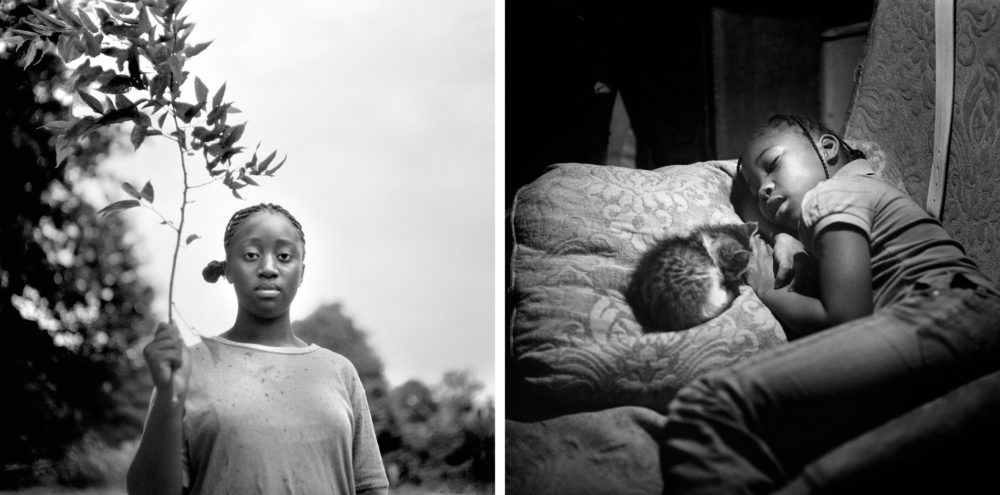
The inauguration of President Obama in 2009 presented mixed feelings. Thibodeaux was driving around the Delta with a young man about his age, when he asked him directly,“What do you think about having a black President?” The response was telling. “It does not make a difference in my life, what the colour of this man’s skin is.” On another occasion, whilst taking a portrait of the oldest man in the community, Thibodeaux saw a portrait of Barack Obama resting on his side table. “It was a quiet image, but it speaks so much about the time in which we were living,” Thibodeaux said. “His presidency was both one of hope and one of scepticism.”
During Thibodeaux’s last visit to the Delta, Donald Trump’s leadership campaign was in full swing. A rumour had been circulating throughout town that, if Trump were to be elected, he would make them all slaves again. “No matter how unlikely or improbable this idea – what does it say about the vulnerability of the mind?” Thibodeaux says thoughtfully. When I ask about the responsibility of photography in the era of Trump, he tells me that “given the events of the time, it’s a very dangerous thing the media does, in which it creates this very simple narrative of us against them. That in itself sows seeds of hate and retribution, or overlooks the fact that the world is far more complicated than that.”
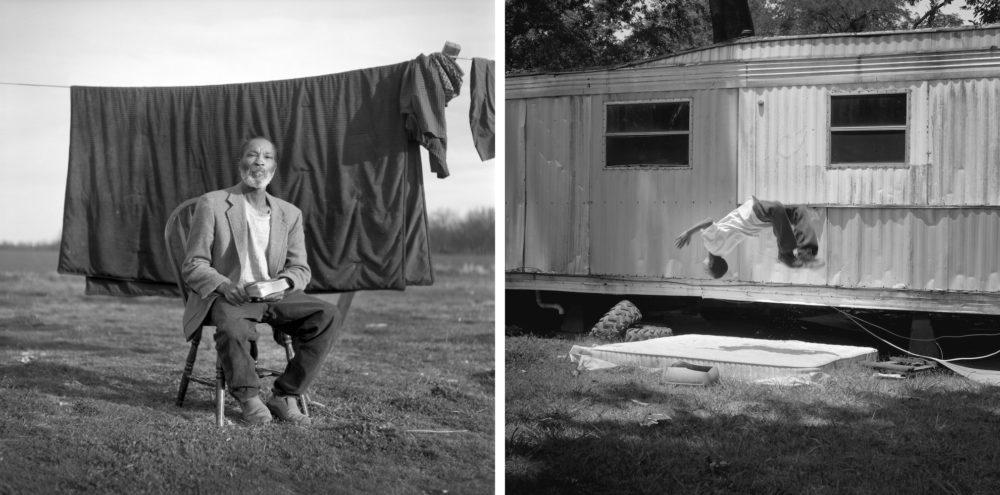
In That Land of Perfect Day intelligently conveys the multiple shades of this ambivalence, and possesses the quiet, self-contained dignity of a genuine connection wrought between photographer and subject. This mutual respect is indicated in how often Thibodeaux shoots his subjects looking directly into the camera: demanding to be seen, to be reckoned with; a portrait of a region caught between optimism and scepticism.
In That Land of Perfect Day is available from Red Hook Editions, Brooklyn
